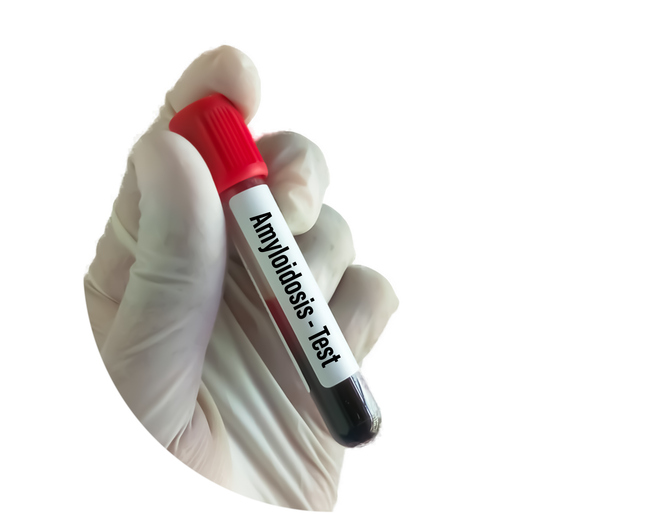
A deep-learning model is able to detect transthyretin amyloid cardiomyopathy (ATTR-CM) with better efficacy compared to several other publicly available models, according to a study being presented at AHA 2024.
In this retrospective cohort study, researchers analyzed 4,900 patients treated at an integrated health system from 2010-2022 with biopsy or PYP scan-confirmed ATTR-CM. Subsequently, they compared the performance of three publicly available algorithms: a random forest model of claims data, the regression-based Mayo ATTR-CM score, and a deep-learning echo model (EchoNet-LVH).
Researchers identified 245 confirmed cases of ATTR-CM from the full cohort. They noted that 892 patients (41 cases) were excluded because EchoNet-LVH could not be run due to image quality. EchoNet-LVH had higher AUC (0.88 vs 0.78) and average precision (0.62 vs 0.18) compared to the Mayo score.
The researchers observed that the claims-based model performed poorly with an AUC of 0.48, while the EchoNet-LVH had higher AUC (0.88 vs 0.78) and average precision (0.62 vs 0.18) compared to the Mayo score.
“In external validation using a large, diverse cohort of patients with heart failure, a deep-learning echo-based model to detect ATTR-CM demonstrated best overall performance compared to two other publicly available models,” the researchers concluded.
Reference
Hourmozdi J, Easton N, Benigeri S, et al. Evaluating the performance and potential bias of predictive models for the detection of transthyretin cardiac amyloidosis. Abstract #Su3121. Presented at the American Heart Association Scientific Sessions 2024; November 16-18, Chicago, Illinois.







 © 2025 Mashup Media, LLC, a Formedics Property. All Rights Reserved.
© 2025 Mashup Media, LLC, a Formedics Property. All Rights Reserved.